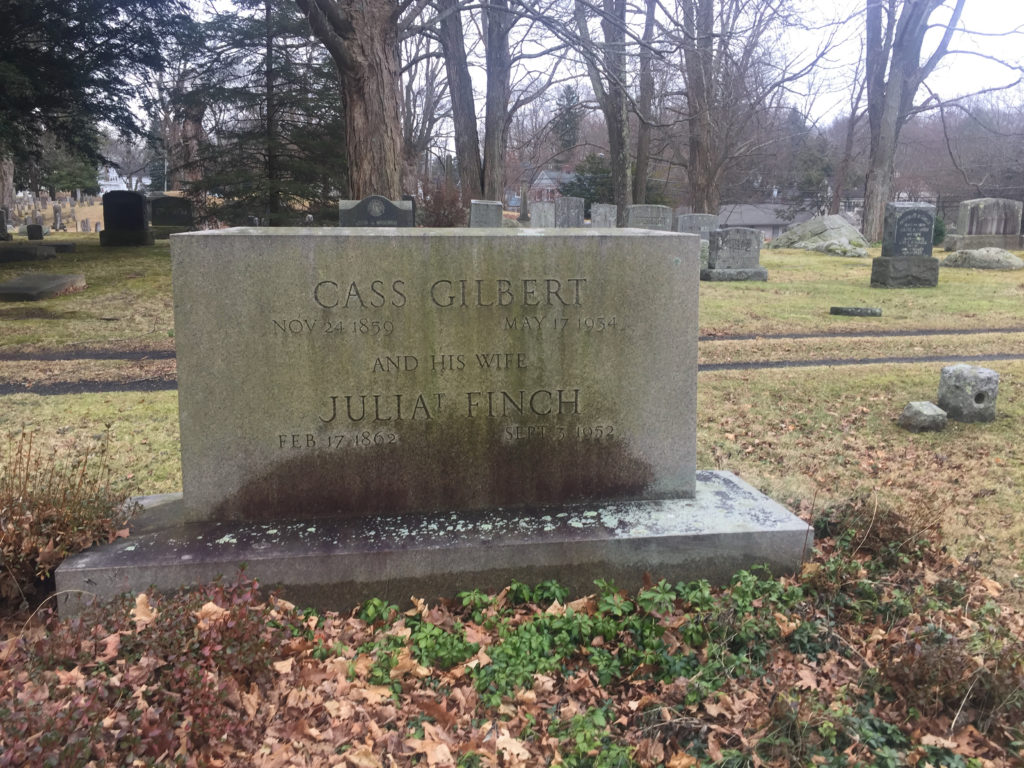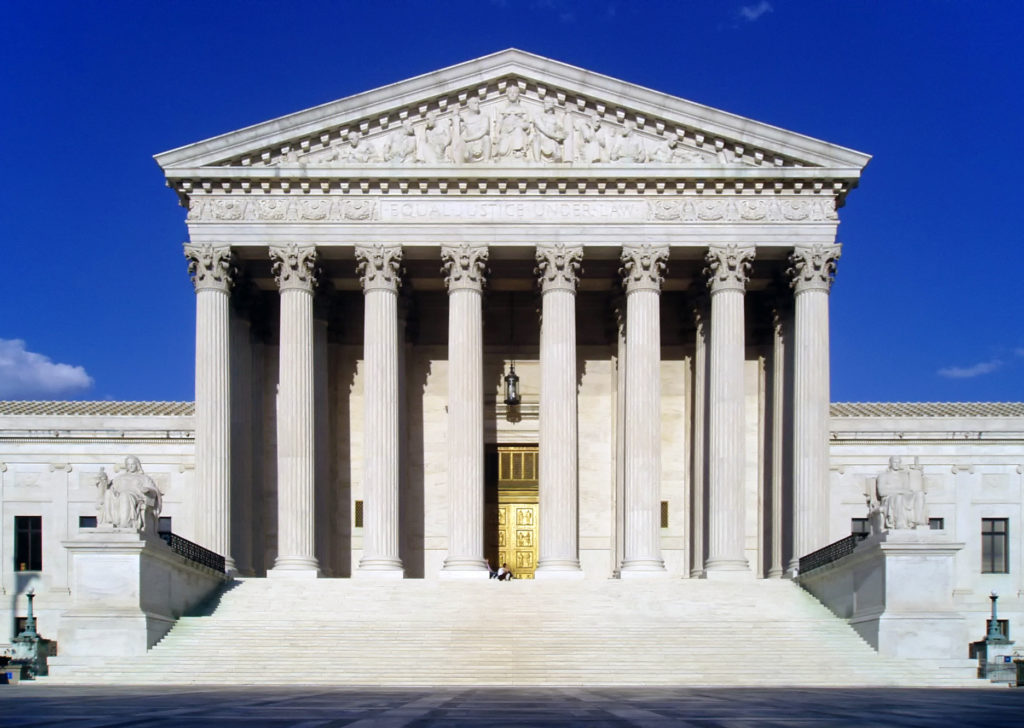Erik Visits an American Grave, Part 795
This is the grave of Cass Gilbert.

Born in 1859 in Zanesville, Ohio, Gilbert was named for Lewis Cass, one of the truly reprehensible politicians of the antebellum years, a doughface’s doughface. Well, you can’t help being named for someone like that. Anyway, Gilbert grew up pretty well off. His father was a Civil War general for the North, despite naming his son for Cass. He was then a surveyor for the Coast Guard. But Gilbert’s father died in 1868 and the family moved to Minnesota, where his mother had people. Gilbert started at Macalester College but dropped out pretty quickly and got a job at a local architectural firm. That turned out to be a strong idea. He worked for a few years and showing a ton of promise, went to MIT to study in the architectural program there.
But he only stayed at MIT for one year. College was not his bag I guess. Gilbert then started work for the elite firm of McKim, Mead, and White. But he wanted to work on his own so he took his skills and with a partner started a new firm in Minnesota. Now, Gilbert wanted to be in the big city. He saw himself as the equal of all the New York architects, But he was only going to do it his own way. So that meant moving back to Minnesota and proving himself. For the next sixteen years, from 1882 to 1898, that was his mission. He designed a lot of homes for the Minnesota elite (laugh if you will but there was a lot of money in the Twin Cities during these years) and then made his name on designing the Minnesota State Capitol building.
Gilbert’s success with the classical style of the Minnesota statehouse made him a big deal. So he finally got to move to New York full time. He became a celebrity architect. He designed a lot of different buildings, but his mainstay was the big government building. In fact, Arkansas and West Virginia contracted with him to build their statehouses. He also designed the Supreme Court building in D.C., a huge commission. That did not get finished until shortly after his death. He got to design a bunch of buildings for Oberlin and the University of Texas. He designed the St. Louis Art Museum for the 1904 World’s Fair. He designed the New Haven Public Library. He served on the U.S. Commission of Fine Arts from 1910-16, was elected into the National Academy of Design in 1906, and was president of the Academy from 1926-33.
But what Gilbert is really known for today is the Woolworth Building in New York, one of the first classic skyscrapers. Gilbert himself was a bit ambivalent here, believing that the skyscraper was a limiting form in that they all basically looked the same. He wanted to be known for the wide variety of his work, not just that building. Gilbert was a figure who bridged the beaux-arts and modernist eras. At first, modernists kind of looked down on his work, but a lot of it is in fact pretty modernist itself. Gilbert himself was also quite open to modernism.
I am personally rather mixed on his buildings. I do think Woolworth is pretty great. His big monumental buildings are however very large and very, very, very monumental, to the point of being rather oppressive. On the other hand, a lot of his less monumental work I think holds up pretty well. In fact, let’s look at some of his work.





Gilbert died in 1934, at the age of 74.
Cass Gilbert is buried in Fairlawn Cemetery, Ridgefield, Connecticut.
If you would like this series to visit other architects, you can donate to cover the required expenses here. Frank Lloyd Wright is in Scottsdale, Arizona and Eero Saarinen is in Troy, Michigan. Previous posts in this series are archived here.


